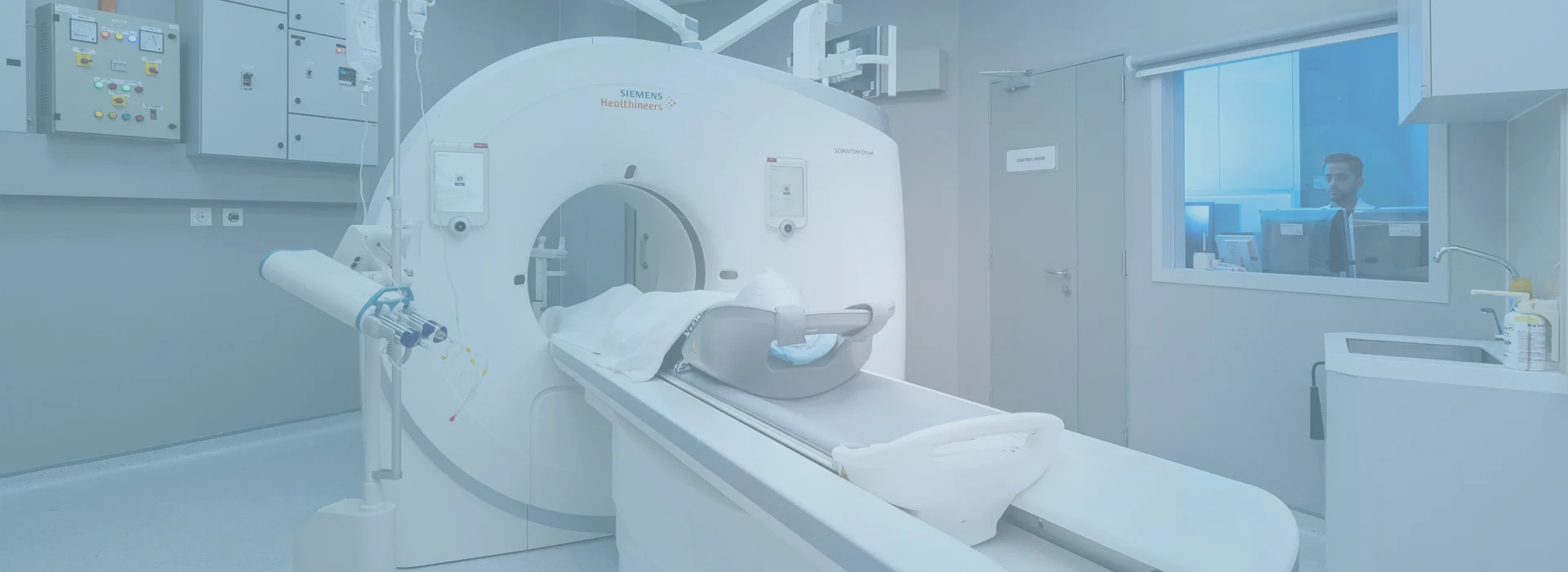
13 Jul Your doctor says you need total hip replacement surgery – and your painful hip says it too.
Your doctor says you need total hip replacement surgery – and your painful hip says it too.
By Island Hospital | Jul 13, 2020 11:20:58 AM
Whether you have just begun exploring treatment options or have already decided with your orthopaedic surgeon to undergo hip replacement surgery, this article will help you understand the benefits and limitations of total hip replacement surgery. You will learn how a normal hip works and the causes of hip pain, what to expect from hip replacement surgery and what exercises and activities will help restore your mobility and strength and enable you to return to everyday activities.
If your hip has been damaged by arthritis, a fracture or other conditions, common activities such as walking or getting in and out of a chair may be painful and difficult. Your hip may be stiff and it may be hard to put on your shoes and socks. You may even feel uncomfortable while resting.
If medications, changes in your everyday activities, and the use of walking aids such as a cane are not helpful, you may want to consider hip replacement surgery.
By replacing your diseased hip joint with an artificial joint, hip replacement surgery can relieve your pain, increase motion, and help you get back to enjoying normal, everyday activities.
Total hip replacement (or hip arthroplasty) is a technique that has become widespread in recent years in response to the need for improving hip joints that have been damaged by injury or arthritis. Joint replacement surgery may offer the best treatment option for long-term improvement for the hip joint when other treatments have proven inadequate. In most cases, having a total hip replacement reduces joint pain and means a return to pain-free movement.
Total hip replacement is a surgical procedure that relieves pain from most kinds of hip arthritis improving the quality of life for the large majority of patients who undergo the operation.
Patients commonly undergo total hip replacement after non-operative treatments such as medications for pain or inflammation have failed to provide relief from arthritis symptoms.
The most common cause of chronic hip pain and disability is arthritis. Osteoarthritis, rheumatoid arthritis, and traumatic arthritis are the most common forms of this disease.
Osteoarthritis usually occurs after age 50 and often in an individual with a family history of arthritis. It may be caused or accelerated by subtle irregularities in how the hip developed. In this form of the disease, the articular cartilage cushioning the bones of the hip wears away. The bones then rub against each other, causing hip pain and stiffness.
Rheumatoid arthritis is an autoimmune disease in which the synovial membrane becomes inflamed, produces too much synovial fluid, and damages the articular cartilage, leading to pain and stiffness.
Traumatic arthritis can follow a serious hip injury or fracture. A hip fracture can cause a condition known as avascular necrosis. The articular cartilage becomes damaged and, over time, causes hip pain and stiffness.
Although many patients who undergo hip replacement surgery are age 60 to 80, orthopaedic surgeons evaluate patients individually. Recommendations for surgery are based on the extent of your pain, disability and general health status, not solely on age.
Patients who are recommended for total hip replacement are usually those who experience progressively severe chronic pain that leads to the impairment of normal body functions.
If you are experiencing the following, surgery may be advised.
- Hip pain limits your everyday activities such as walking or bending.
- Hip pain continues while resting, either day or night.
- Stiffness in a hip limits your ability to move or lift your leg.
- Persists even with pain and anti-inflammatory medications
- You have harmful or unpleasant side effects from your hip medications.
- Makes sitting and rising from seated position very difficult
- Other treatments such as physical therapy or the use of a walking aid such the use of a walker and a cane do not relieve hip pain.
- Have weakness in your hip or cannot move it fully
- “When a hip joint is damaged by arthritis,the pain can be unbearable. That is the time to talk to an orthopedic surgeon about hip replacement” says Island Hospital Orthopaedics & Arthroplasty Surgeon, Dato’ Dr. Lee Keat Hwa.
As for the expected results, patients will be able to slowly restore movements mentioned above once they fully recover from the surgery. They can also expect long-lasting pain relief. However, even after complete healing, sports and certain strenuous activities have to be avoided, as hip replacement surgery is only sought to restore day-to-day activity.
Learning about what happens during hip replacement surgery can help ease confusion and anxiety. The surgery typically takes about 2 hours. During that time the surgeon removes the arthritic (damaged) surfaces of the hip joint and replaces them with artificial ones.
Prior to performing total hip replacement surgery, your orthopaedic surgeon will perform a general physical examination, blood tests, X-ray and even an MRI to ensure that you are healthy to undergo the procedure and to check whether the joints and surrounding muscles are fit for hip replacement.
In a hip replacement procedure, your surgeon removes the damaged joint surface and replaces it with an artificial implant that functions similar to a normal hip. The typical implant is made of metal (stainless steel or titanium), while older types had a plastic spacer in between the metal ball and socket.
These implants will wear out over time, as such hip replacements are done infrequently in younger patients because of the concern of the implant wearing out too quickly.
When a hip replacement is performed, the bone and cartilage on the ball-and-socket hip joint is removed. This is performed using precise instruments to create surfaces that can accommodate the implant perfectly. An artificial hip replacement implant is then placed in to function as a new hip joint.
The surgery can be performed using traditional surgical techniques or minimally invasive method, the difference of which lies in the size of the incision made. The procedure takes a few to several hours.
In a traditional hip replacement surgery, a general anesthesia is required. The surgeon makes an 8 to 10 inch cut along the side of the affected hip and moves the underlying muscles to expose the hip joint. The ball-like part of the thigh bone and other damaged structures are removed, and an artificial joint is attached using a special adhesive that allows the new structure to fuse with the rest of the thigh bone.
“Hip replacement surgery is one of the safest surgeries we perform,” says Dato’ Dr. Lee Keat Hwa.
Hip replacement surgery is usually very successful, but the success of the procedure is partly due to the rehabilitation period that follows the surgery. For patients to expect a good result from hip replacement surgery, they must be an active rehab participant.
Rehabilitation after hip replacement begins immediately. Patients will work with a physical therapist as soon as the surgical procedure has been performed. The emphasis in the early stages of rehab is to maintain motion of the hip replacement and to ensure that the patient can walk safely. A physical therapist can teach you important skills that help you move around, climbs stairs, getting in and out of the car, minimising significant pain.
As rehabilitation moves along to later phases, your therapist will help restore normal gait mechanics, strength of the lower extremities, and mobility of your new hip joint. By participating in an active therapeutic recovery, you can resume your pre-surgical activities.
You may feel some numbness in the skin around your incision. You also may feel some stiffness, particularly with excessive bending. These differences often diminish with time and most patients find these are minor compared to the pain and limited function they experienced prior to surgery.
After surgery, make sure you also do the following:
- Participate in a regular light exercise program to maintain proper strength and mobility of your new hip.
- Take special precautions to avoid falls and injuries. Individuals who have undergone hip replacement surgery and suffer a fracture may require more surgery.
- See your orthopaedic surgeon periodically for routine follow-up examinations and X-rays, even if your hip replacement seems to be doing fine.
- “Most people can’t believe the pain is gone,” Dato’ Dr. Lee Keat Hwa says. “They can start doing things that they have not been able to do for years. Most people see progress every week after surgery.”
Most hip replacement patients can’t return to high-impact sports like running, but they can play golf and do yoga.
Most patients understand that hip replacements can wear out over time, but exactly how long is a hip replacement supposed to last? Estimates vary depending on the studies, but they can last anywhere between 15 to 25 years.
National recognition in orthopaedics. The orthopaedic surgeon at Island Hospital is consistently ranked among the best in the country. Our board-certified surgeons are fellowship-trained, meaning they have undergone additional years of specialised training. As a team, they perform hundreds of knee replacement surgeries each year.
- Expertise you can trust.
Because orth opaedic surgeon at Island Hospital have the experience and expertise to handle even the most challenging cases, Island Hospital serves as a referral centre for patients from around the region who need complex repeat or revision joint replacement surgeries.
- Team approach.
The team of physical therapists, rehabilitation specialists and other experts at Island Hospital can help you recover from your procedure and put you back on the path towards an active life.
- One-stop orthopaedic care.
Island Hospital offers one convenient place to go for all orthopaedic care. You can see an orthopaedic specialist, get your imaging tests and go through rehabilitation — all under one roof. Our in-house physical therapists specialise in joint replacements and conduct your therapy sessions in the same place as your clinic visits.
- Better, longer-lasting joint replacements. As leaders in the field of orthopaedic and joint replacement, our orthopaedic surgeon constantly test and develop promising new procedures and artificial joints. Our goal is to make joint replacements work better and last longer.
- Shorter hospital stays, faster recovery.
Our orthopaedic surgeon practise important new techniques like patient-specific treatment and excellent approach to bone and joint care. These techniques, and the expert care provided by our regional anaesthesiologists, pain specialists, specially trained nurses, and physical therapists, combine to help shorten your hospital stay and hasten your recovery.




![[IH 2025] #33 ECG Test_Image 1 medical-machine-ecg-test](https://islandhospital.com/wp-content/uploads/2025/07/IH-2025-33-ECG-Test_Image-1-600x400.png)

